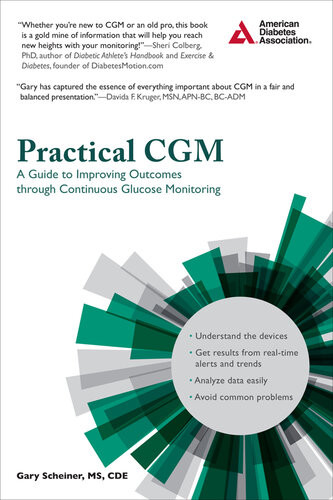

Most ebook files are in PDF format, so you can easily read them using various software such as Foxit Reader or directly on the Google Chrome browser.
Some ebook files are released by publishers in other formats such as .awz, .mobi, .epub, .fb2, etc. You may need to install specific software to read these formats on mobile/PC, such as Calibre.
Please read the tutorial at this link: https://ebookbell.com/faq
We offer FREE conversion to the popular formats you request; however, this may take some time. Therefore, right after payment, please email us, and we will try to provide the service as quickly as possible.
For some exceptional file formats or broken links (if any), please refrain from opening any disputes. Instead, email us first, and we will try to assist within a maximum of 6 hours.
EbookBell Team

4.0
76 reviewsUse of real-time continuous glucose monitors among people with type 1 and type 2 diabetes is growing rapidly and should continue to grow until an artificial pancreas is brought to market. Likewise, use of professional systems in healthcare practices is expanding. But, other than manufacturer instructional manuals and some book chapters on CGMs, there are no standalone publications available with concise, non-commercial instructions on CGM prescription and use.
Additionally, continuous glucose monitors are too often not used to their full and proper potential. This leaves users with suboptimal glucose control and can result in system abandonment.
To address this, diabetes educator and author Gary Scheiner has created Practical CGM: Improving Patient Outcomes through Continuous Glucose Monitoring to give healthcare providers the skill to make more effective use of the data generated by continuous glucose monitors, in both real-time and on a retrospective analytic basis. Using a plain-language approach and distilling content to concise, practical tips and techniques, Scheiner has created a guide that will help practitioners optimize patient use of CGM systems and, ultimately, improve glucose control and patient health outcomes.